Wait, what?
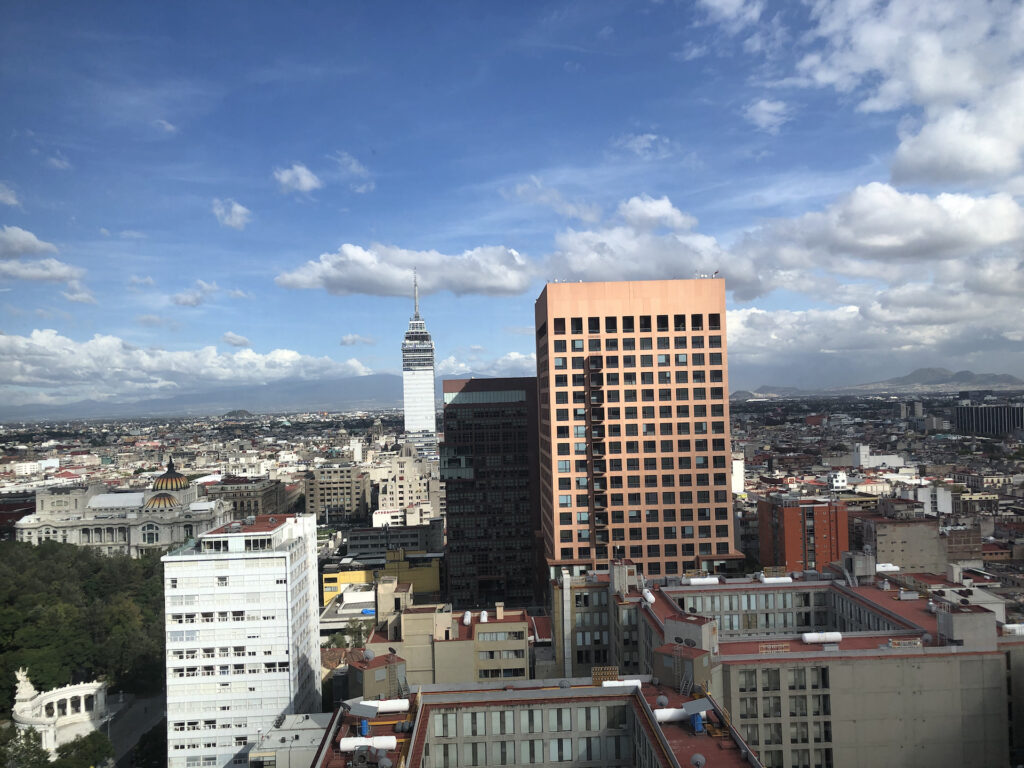
Mexico City is one of my favorite cities in the world. It’s a leading city of Spanish-speaking Latin America, with world-class museums, restaurants, and nightlife. When I was a kid my parents told me stories about their adventures in Mexico in the early eighties. I was also influenced by reading the book 1493, I was always intrigued by the place, but prioritized travel further afield. I went for the first time in 2016 and fell in love with the city but wasn’t able to visit again until October of 2020.
Getting There
There are currently no restrictions or special requirements to fly from the US to Mexico, nor is there a test required beforehand. As a precaution, I always use the Kayak travel restrictions site to verify before I book a flight.
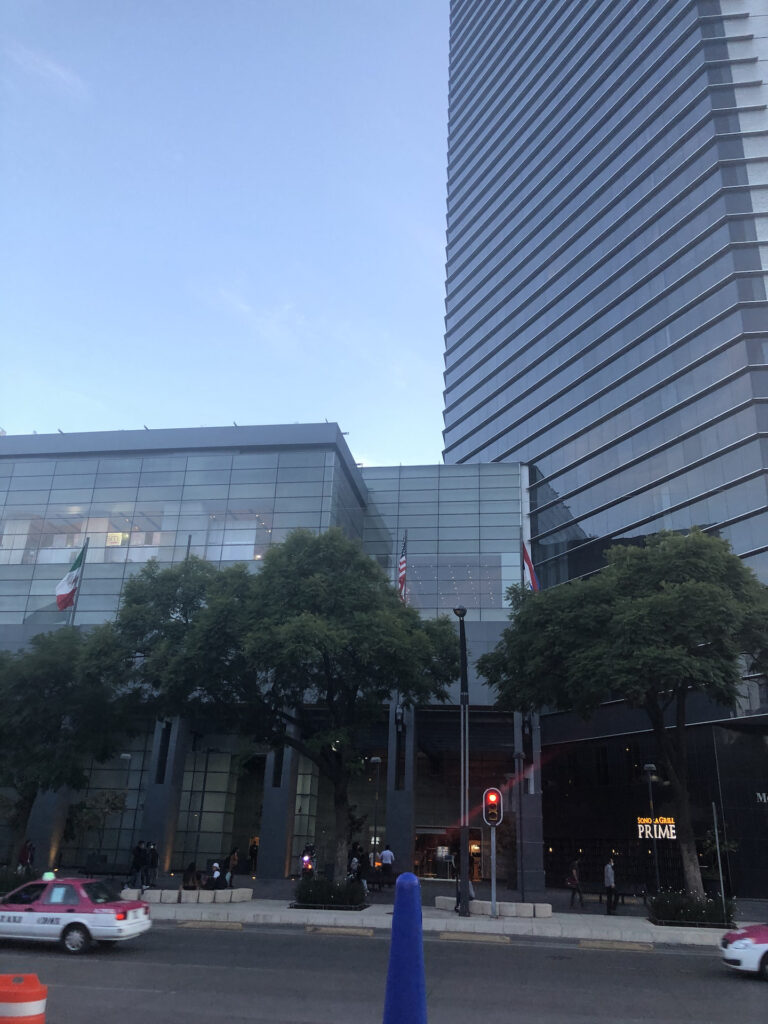
I took a direct flight on Aeroméxico. Covid has caused them to make a few changes to their service (just like all other airlines). First, masks are obligatory throughout the entire flight, unless eating or drinking. Second, boarding is from back to front, including business class and frequent fliers. Third, there was no meal service, only drinks. All of these things were perfectly reasonable.
Entering the country was very quick and easy. The only difference was that you had to present a completed form (Cuestionario de identificación de factores de riesgo en viajeros) to the immigration officials. This form asks you if you have any Covid symptoms. The form is handed out on the plane and also available in the immigration hall.
Cost
In October 2020 the Mexican Peso was hovering around 21 pesos to the dollar. As with most global cities, your mileage may vary. Mexico City can be very cheap or very expensive depending on your tastes. I went to a pretty cosmopolitan seafood restaurant with a friend and for both of us it was around $80 for two with drinks and tip. But I also had meals for $5 and ice cream on the street for 25 cents.
The Language
As with all global cities, you can get around with English. But knowing a few words in Spanish will go a long way especially when negotiating with street vendors. Most international hotel brands and hotels in tourist or business clientele will have English speaking staff. As always, people are very usually very forgiving when you try to use Spanish to communicate with them.
Things to Do

There are so many things to do in Mexico City, even during the pandemic. There are a few changes. Some museums and destinations, like the Frida Kahlo Museum, require you to buy tickets online. This allows them to limit the amount of people entering every hour. Another change is that there may be a curfew at beginning at 11pm in certain areas. So, you may find that some restaurants or bars close earlier than their pre-pandemic hours indicate. Also, while it may not be a requirement where you’re coming from, wearing a mask outside is mandatory in Mexico City. Some areas have police enforcing this ordinance.
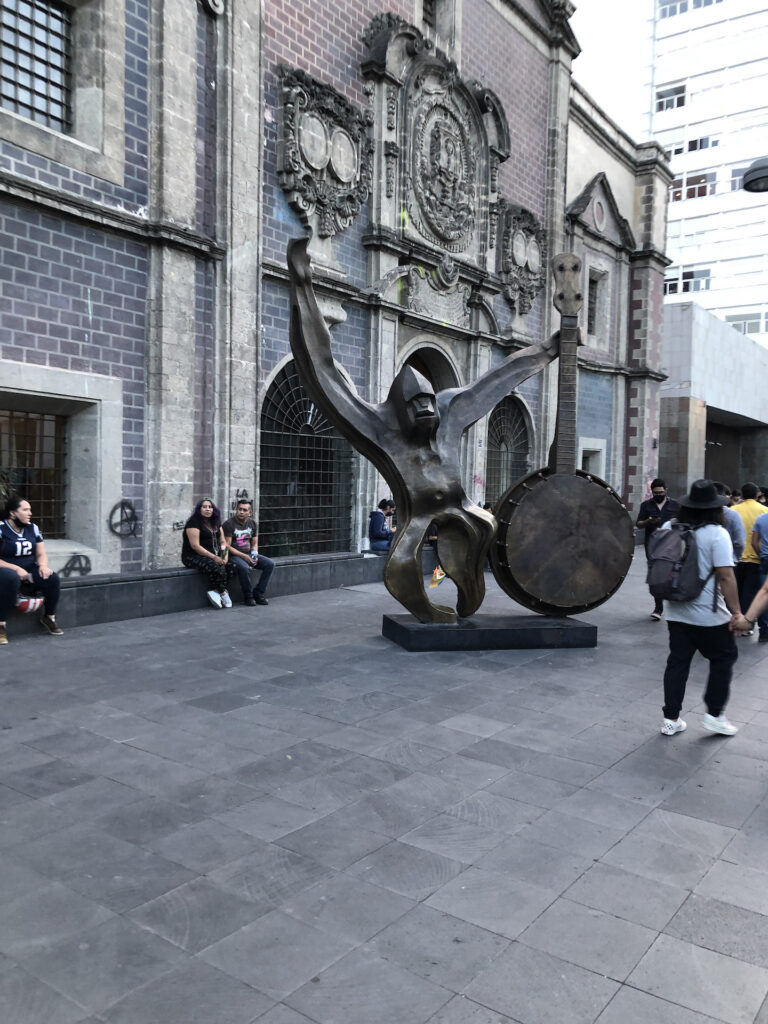
Even with those restrictions, there are so many things to do. There’s great art at the Palacio de Bellas Artes, which is very close to the Diego Rivera Museum. Both of those places are located next to Alameda Central, which is one of the nicest parks in Mexico City. My descriptions don’t even begin to scratch the surface. There’s a good guide at WikiTravel, which I recommend.
Safety
Just a quick word on safety. I have never had an incident in Mexico City. Just like anywhere else, you have to be careful. I don’t carry my passport or large sums of money with me when I’m walking around town. Nor do I wear expensive jewelry or talk on the phone when I’m in an unfamiliar area. Also, I make sure to take an Uber or a licensed taxi when I need to travel long distances. These are the same precautions I have taken in all my travels and they have served me well.
Bottom Line:
Mexico City is a great place to travel to even during the pandemic. Obviously everyone has to decide on their own personal risk tolerance, but if you decide to go there is plenty to do and see.

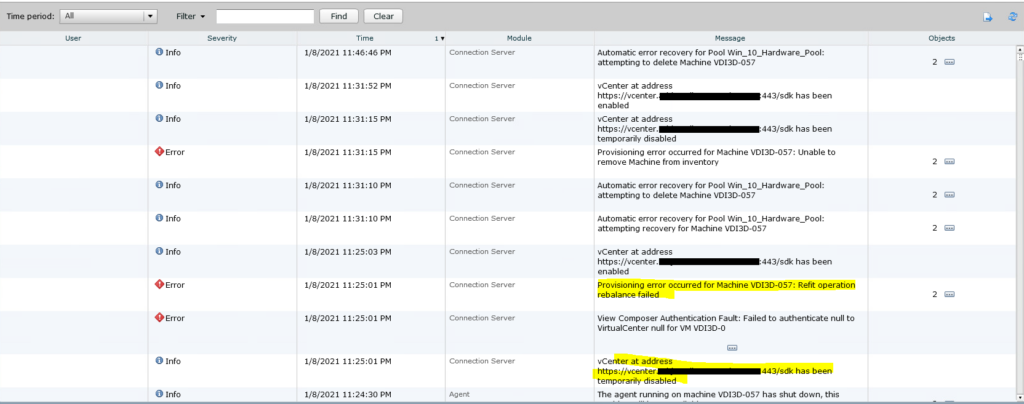


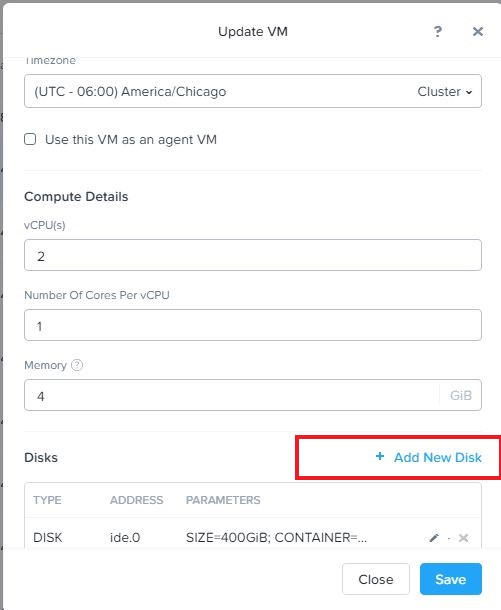
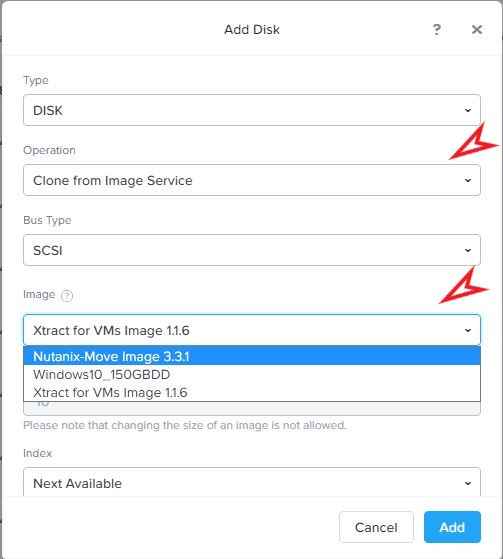


 first saw the words Data Protection, I thought, “ugh, here is another new way to do backups that I have to keep up with.” The more I read about it, the more I understood that data protection and backups are like squares and rectangles. All data protection includes backups, but not all backups are data protection.
first saw the words Data Protection, I thought, “ugh, here is another new way to do backups that I have to keep up with.” The more I read about it, the more I understood that data protection and backups are like squares and rectangles. All data protection includes backups, but not all backups are data protection. nterprise digital transformation for the past few years. As we discussed last month, the cloud is not a complete solution for most modern enterprises. Although the public cloud is great for its agility, scalable workloads, and reliability, many enterprise customers are hampered by the “Three C’s” of cost, connectivity, and complexity. In addition, they face pressure by other business units to be more agile
nterprise digital transformation for the past few years. As we discussed last month, the cloud is not a complete solution for most modern enterprises. Although the public cloud is great for its agility, scalable workloads, and reliability, many enterprise customers are hampered by the “Three C’s” of cost, connectivity, and complexity. In addition, they face pressure by other business units to be more agile

